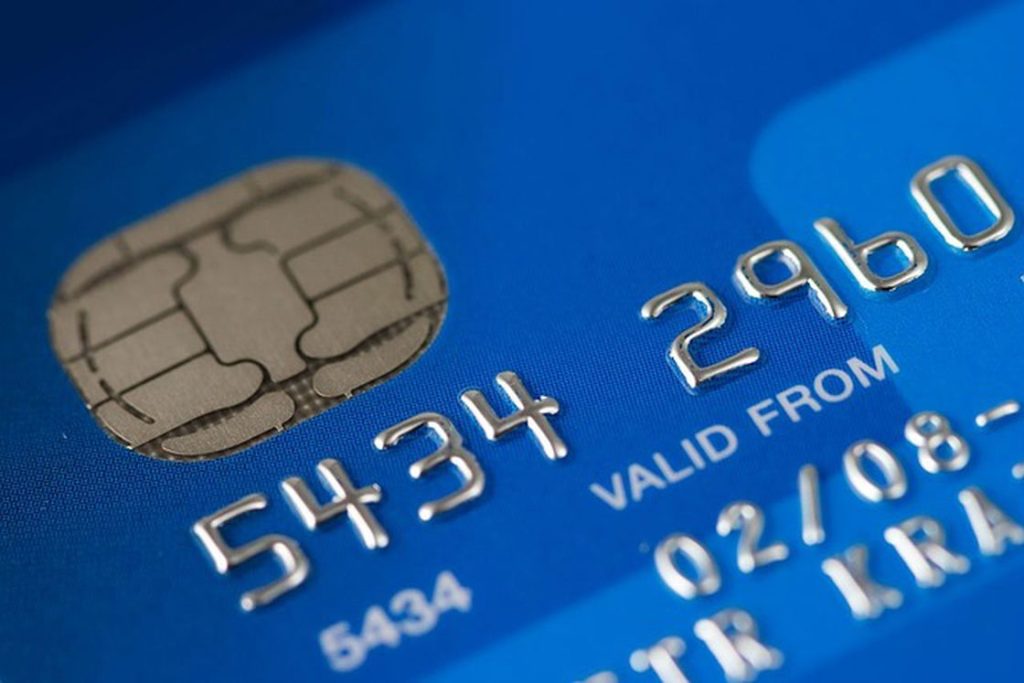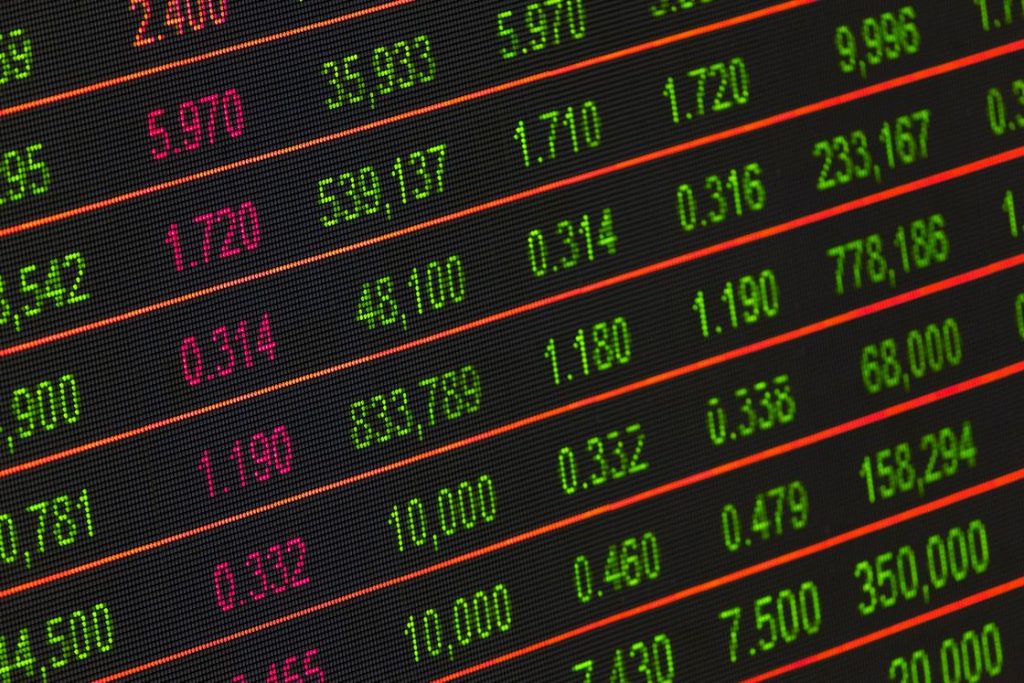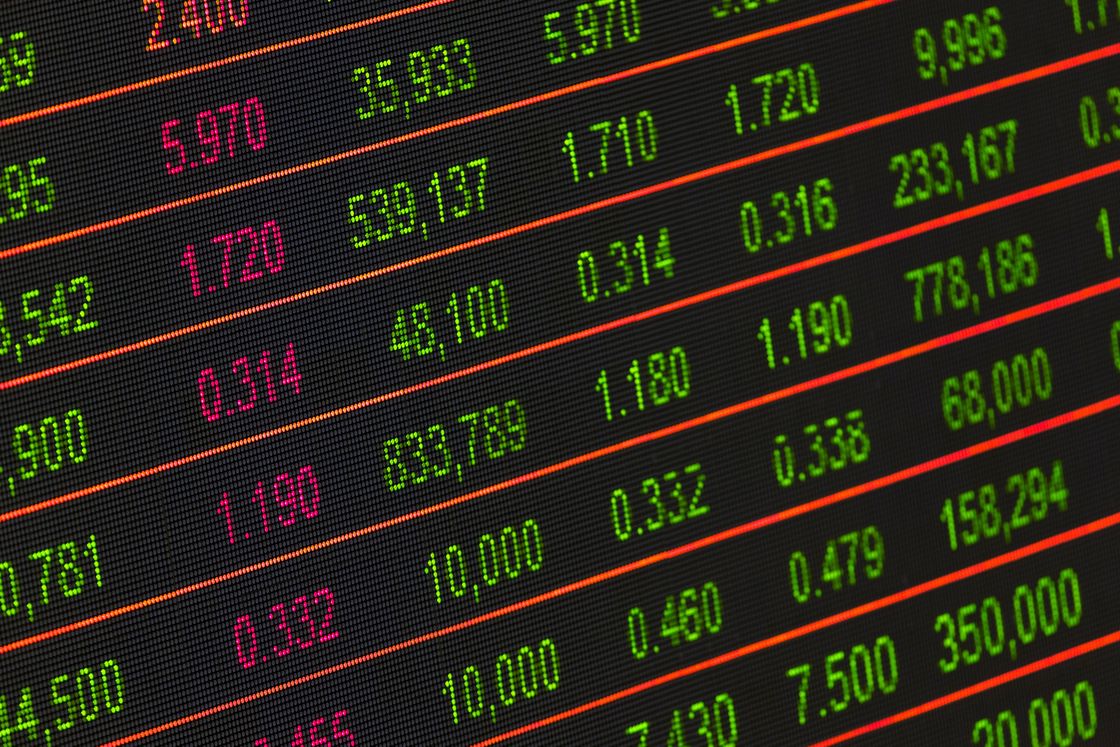Heavy expenses on a trip are mood-busters. I had those disheartening moments when I hit my budget limit halfway into my tour. Since then, I have done my research and am sharing the results with you. What exchange rate does Chase credit card use? Let’s find out!
What Exchange Rate Does Chase Credit Card Use?
Chase credit card’s exchange rate is a sum of the supporting network’s rate and the foreign transaction fee. The bank uses Visa and Mastercard as supporting grids, whose rates change daily. As it is, both networks charge a 1% conversion rate.
However, you might be paying more than the 4% due to the potential inclusion of markups. These can include commissions by Chase Bank’s collaborating vendors. Add a minimal bank fee if you are exchanging less than $5,000, and you may pay a rate up to 7%.

Convert Currency While Spending Less
Global wire transfers and cross-border online shopping can be expensive due to the currency difference. Still, traveling may cost you more in comparison. That does not mean you have to limit your expenses.
Exchange tariffs can drain your money if you don’t take precautionary measures. Although these rates are affected by several factors, you can dispense the foreign transaction, or FX, fee.
There are a few tips you can apply to circumvent it. We recommend that you plan your budget weeks before your next trip in case of sudden events.
Convert At Home
Though you might assume that carrying cash on a trip would be risky, it can save you the extra expense. You may also go for a backup international travel card, just in case.
You can calculate a budget and convert the cash through your bank. You will still have to pay the exchange rates. Nonetheless, you can avoid the transaction fee abroad.
Avoid Airport Kiosks
Planning might be handy here because airports exchange your currency at higher rates than your bank. While they offer convenience, paying more for gaining less is hardly worth it.
The same goes for exchanges from hotels or other exchange centers.
Pay In Local Currency
If you pay in dollars, you will be charged with an additional tare called dynamic currency conversion (DCC). This is on top of the foreign transaction fee.
DCC allows foreign merchants to exchange US dollars for local currency at inflated rates. You might have to pay up to 12% DCC, which can severely dent your finances. Make sure to decline DCC at the checkout and pay in the native currency.

Keep Cash Advances In Limit
Using ATMs can be unavoidable during travel. You can check the daily withdrawal limits on your card with your bank beforehand. Note here that inquiries from abroad cost extra. You can also opt for a debit card for ATMs because it does not incur a FX fee.
Use a Fee-Free Credit Card
The most beneficial step to secure your traveling funds is choosing a fee-free charge card. It can also be helpful for online international purchases and future travels.
Another advantage may be that even if you encounter identity theft, your bank can act quickly to alleviate the fraud.
Choosing Your Travel Cards
Look for more than a waived fee. You don’t want to feel stranded in a foreign land because your charge card offers you zero respite from inflated rates.
FX Fees
Almost all the banks have omitted it from their travel-specific cards. You can ask for a card change if you don’t have one of those. Contrarily, you can carry multiple charge cards to secure your credit balance.
APR
You must be cautious in trying not to carry positive debt. APR, or interest, can accumulate quickly during travel if you do not strategize your spending. It may render your earnings useless, so choose a card suitable for your needs.
Annual Fee
This can gobble your points if you are a small spender. Also, it can harm your score if you tend to pay the minimum instead of clearing your debt. You might be surprised if your credit sheet shows an enormous balance from abroad.

Reward Margin
Traveling can mean huge rewards. You might want to check every possible earning opportunity on your card before setting out on your tour. Chase has an array of dedicated travel-related cards with cashback on everything from flights to sightseeing.
Acceptance Margin
Your card would only be useful if it can be accepted for international purchases. You can do some research before choosing any card without a foreign transaction fee to make your trip hassle-free.
Popular Chase Cards Without FX Fee
Chase Sapphire Preferred is one of the popular travel-appropriate cards. It has zero FX fee, hence a low exchange fare, and reward opportunities. You can earn points on everything you spend while traveling.
Chase Sapphire Reserved also waives the exchange fee, and awards purchase points. Nevertheless, it has a higher APR and annual fee than Sapphire Preferred.
Related Questions
Does Chase Give Good Exchange Rates?
No, Chase does not give reasonable exchange rates concerning the mid-rate market. However, you can opt for a Chase travel charge card that omits foreign transaction fees.
How Do I Know My Credit Card Exchange Rate?
You can find your card’s exchange rate through your online credit statement whenever you make purchases. You might also calculate it through your network’s rate and bank-assigned FX fee.
How Much Does Chase Charge For International Withdrawal?
Chase charges $5 for each international cash withdrawal from an ATM. If you want to inquire, the fee would be $3. You may also note that withdrawals are free at all Chase ATMs.
Conclusion
Chase includes a foreign transaction fee and other commissions to determine the exchange tariff. You can opt for a lower fare by getting a card without the FX fee.
